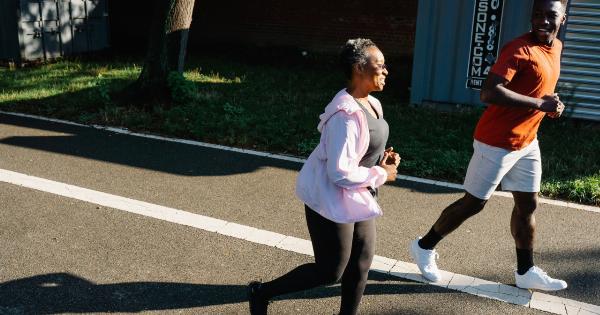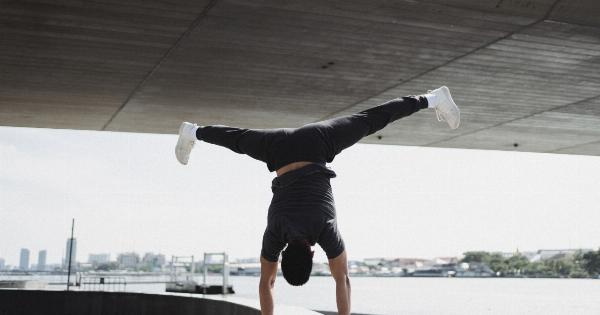Running is a great way to keep fit and improve your overall health. However, with any physical activity there is always the risk of injury. Knee injuries are a common problem for runners, and can result in pain, discomfort and even long-term damage.
In this article, we will discuss a simple running movement that can be used to prevent knee injuries and keep you running for longer.
The Problem with Knee Injuries
Knee injuries are a common problem for runners. They can be caused by a number of factors such as overuse, improper technique, or simply not taking enough time to warm up before running.
Knee injuries can be painful and may take some time to heal, which can be frustrating for anyone who loves to run.
The Importance of Running Technique
Running technique is an important factor in preventing knee injuries. Proper technique helps to distribute the load evenly across your body and can reduce the stress on your knees.
One of the most important aspects of running technique is maintaining good posture. This means keeping your head up and shoulders back, and avoiding slouching or hunching over as you run.
The Knee Lift: The Simple Solution
The knee lift is a simple running movement that can be used to help prevent knee injuries. It involves lifting your knees up towards your chest as you run, which helps to improve your posture and reduce the impact on your knees.
To perform the knee lift, simply follow these steps:.
- Start by running at a comfortable pace.
- As you run, focus on lifting your knees up towards your chest one at a time.
- Make sure to keep your core engaged and your back straight.
- Try to land gently on your feet and avoid slamming your heels down on the ground.
- Repeat this movement as you run, and try to maintain a consistent pace and rhythm.
The Benefits of the Knee Lift
The knee lift has a number of benefits that can help to prevent knee injuries and keep you running for longer:.
- Improved posture: Lifting your knees up towards your chest helps to improve your overall posture, which can reduce the stress on your knees and help to prevent injuries.
- Reduced impact: The knee lift helps to reduce the impact of running on your joints, including your knees.
- Increased stability: Lifting your knees up towards your chest can help to improve your balance and stability as you run.
- Better form: The knee lift can help to improve your running form, which can lead to greater efficiency and speed.
Other Tips for Preventing Knee Injuries
In addition to the knee lift, there are a number of other things you can do to help prevent knee injuries while running:.
- Warm up: Always take the time to warm up properly before running. This can help to prepare your body for the physical activity and reduce the risk of injury.
- Cross-train: Mix up your workouts by doing other forms of exercise such as swimming or cycling. This can help to reduce the stress on your knees and prevent overuse injuries.
- Stretch: Make sure to stretch your muscles regularly, particularly your quads, hamstrings and calves. This can help to increase flexibility and reduce the risk of injury.
- Wear proper shoes: Make sure to wear running shoes that fit well and provide adequate support. This can help to reduce the impact of running on your knees and prevent injuries.
- Rest: Don’t push yourself too hard. Make sure to take regular breaks and give your body time to rest and recover between workouts.
Conclusion
Running is a great way to stay fit and healthy, but it’s important to take care of your knees to avoid injuries. The knee lift is a simple running movement that can be used to help prevent knee injuries and improve your running technique.
By following the tips and techniques outlined in this article, you can stay injury-free and enjoy all the benefits of running for years to come.






























